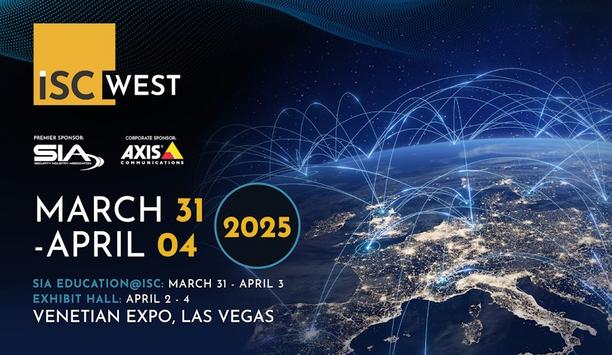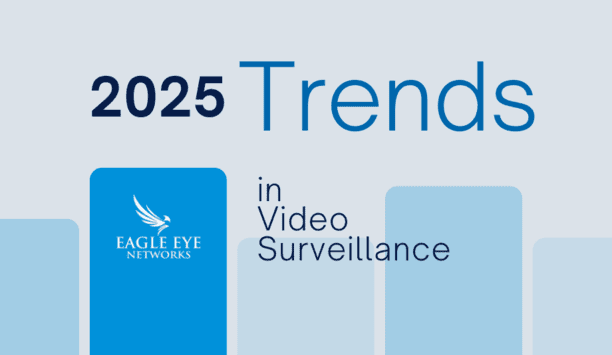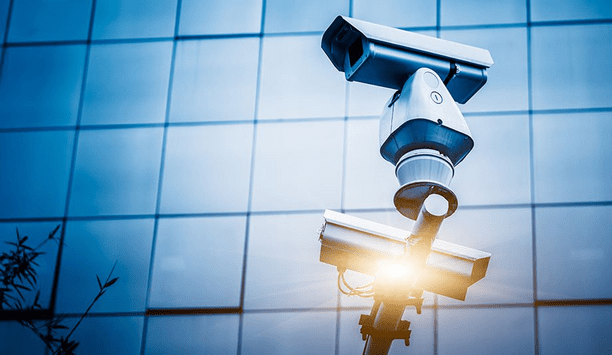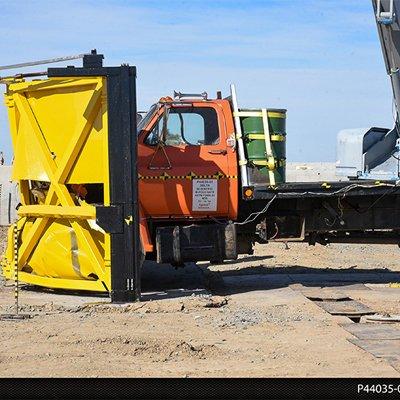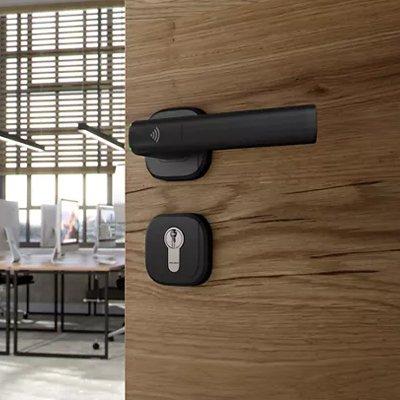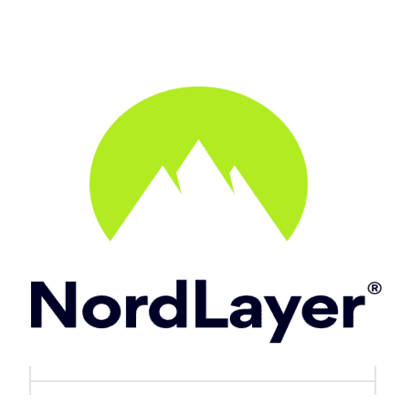Using technology to address loss prevention during the holidays
Editor Introduction
The holiday season is marked by festive spirit and family celebrations, but it is also the busiest time of year for retailers. Busy shoppers willing to spend money are an upside to the holiday shopping season, and many businesses depend on the holiday rush as a critical element to having a successful year. A downside of a busy holiday season is an increase in retail security threats including shoplifting. We asked this week’s Expert Panel Roundtable: How can technology address loss prevention challenges during the holiday shopping season?
Security teams at retail organisations need a holistic view of retail security threats to address loss prevention, mitigate risk and minimise losses in real-time. This only becomes more critical at the height of the holiday shopping season with the potential for armed robberies, vandalism, and smash-and-grab tactics, among others. As we approach the holidays and stores begin to see an influx of foot traffic, utilising technology that allows security teams to be able to surface relevant quickly, critical signals from multiple sources including fixed cameras, real-time events, human intelligence inside the stores from guards and shoppers, and technology systems, to identify risks in one central location will allow for a coordinated, proactive response to address and lessen company losses and disruptions to business continuity this holiday season. This will also help keep shoppers safe, as the concern for violence between patrons during major shopping events like Black Friday occurs yearly.
A 2021 Retail Industry Leaders Association survey revealed that 67% of asset protection managers have seen a moderate to a considerable increase in organised retail crime. The challenge this holiday season will be taking a proactive approach without creating too many barriers for shoppers. Physical loss prevention methods like locked shelves run the risk of preventing well-intentioned shoppers from making a purchase. However, intelligence-led loss prevention measures guided by data analytics and artificial intelligence (AI) can help retailers take a proactive approach to loss prevention without locking up items or adding more security personnel. These systems take a holistic view of loss prevention. Instead of attempting to stop individual events as they happen, intelligence-led loss prevention leverages historical data and real-time information from existing infrastructure to anticipate theft events that might occur. Computer vision, for example, can put another set of “discerning eyes” on existing video feeds to identify groups forming, shelf sweeps, idling cars, and other suspicious behaviors and highlight areas of the store that might be targeted.
As retail foot traffic spikes during the holidays, so, unfortunately, does retail crime. Tackling this requires companies to focus less on visibility and more on actionable solutions that detect and respond to threats in real-time. Integrated solutions that combine advanced camera analytics, professional video monitoring, and intrusion deterrence measures are the most effective ways of keeping stores secure. Cameras not only detect people after hours, but monitoring agents also take action, verifying the threat and dispatching police if needed. A raised the alarm can also automatically turn on deterrence devices, such as sirens or strobes, to scare off intruders before they can do damage. Retailers relying on disjointed cameras and alarm systems risk incidents slipping through the cracks and being unable to respond to the detected threats. Integrated, software-driven intrusion detection and deterrence are the best bet for retailers to keep their people and property safe during the holiday season.
Securing retail stores in today’s environment is challenging. Labour shortages, organised retail crime (grab-and-run theft), and violence directed at employees are top concerns for company executives. Technology deployments must provide real-time awareness of these situations, both at the stores and the regional or corporate offices supporting them. Solutions including predictive analytics, automatic license plate recognition (ALPR), body-worn cameras, mobile alerts, and video evidence-sharing platforms are beneficial in providing advanced notifications, situational awareness, and coordinated, predetermined responses to events. They’re also highly beneficial in evidence gathering during post-event forensic investigations. Retailers can deploy a unified security platform like Genetec™ Security Center to utilise these technologies for real-time monitoring and response.
Although retail shrink may happen through administrative errors and employee fraud, many retailers may choose this year to focus primarily on customer theft, which includes organised retail crime (ORC) and shoplifting. Numerous solutions providers are touting AI-based solutions that often leverage the existing surveillance cameras in stores and add facial recognition. Facial recognition technology, however, has legitimate privacy concerns and issues with accuracy. A more robust and secure solution for retailers is to deploy RFID tags on merchandise. These are superior to traditional electronic article surveillance (EAS) systems, as they can record specific details about inventory and the movements of those goods throughout a retail environment. The use of RFID tags when combined with EAS allows retailers to reduce retail shrink without unintended consequences.
Mitigating loss is crucial for retailers, and the current economic climate is putting strain on people’s wallets. This will only be felt more strongly as the holiday season gets closer. Retailers will have to be more on alert. Technology can save stores money. For example, intelligent solutions and analytics such as real-time detection, people counting, heatmaps, and appearance searching can help companies monitor stock levels and customers' activity. Anomaly detection and real-time alerts will notify security administrators when someone is somewhere they shouldn’t be. For example, people in stores after closing hours and when the alarm has been activated could potentially mean a burglary. Knowing this is happening as it’s happening enables loss prevention managers and security operators to take quick action against unusual behaviour before it becomes an incident. Measuring footfall provides useful data on how many customers are in a shop at any given moment. This is critical to overcoming loss prevention, as staff will be able to limit entry depending on whether the store has reached capacity. Some security platforms have the ability to “find fast,” allowing users to quickly look for a particular person or event should a theft occur.
Retailers often think about deploying technology for loss prevention from a forensic angle, but the real-time data derived from video analytics and point-of-sale (POS) integration will greatly enhance the results from those solutions. Knowing the patterns of people's movement through a retailer’s establishment can help with assigning staff. The ability to alert staff and management to loitering events and long wait times at the cash/wrap stations can help prevent unscrupulous customers from trying to shoplift products from unattended areas. The integration of POS systems and video help management pinpoint suspect transactions and reduce employee theft and other types of shrink-from-error and sweetheart types of theft. Finally, the force multiplier of video, when placed strategically throughout the store and combined with spot monitors, demonstrates to customers that the store is being monitored in real time and provides important alerts of nefarious activities before they result in loss.
Holiday shopping means increased revenue with many retailers expecting 20% or more of their revenue generated during this time. With longer store hours and more inventory comes more opportunities for crime. Loss prevention professionals worry about everything from shrinking to staffing. Still, the prospect of a customer or staff member being the victim of violent crime is what haunts the Vice President of Asset Protection. Technology can fill gaps in staffing by providing additional eyes on the business. For retailers that leverage interactive security systems with live video and audio monitoring, it’s common to increase the number of live “tours” to remind criminals that a security presence is active and engaged. Automated voice downs (AVDs) can be customised per retailer as a further reminder that a location is monitored. Intelligent analytics that counts people and measures queues can ensure proper staffing and ensure check-out areas are covered and customers are not waiting.
As a retailer, especially during the holiday season, two of your greatest resources are time and labor. During hectic holiday sales, retailers may not have dedicated staff to manually monitor security cameras or customers. Fortunately, modern surveillance cameras equipped with analytics can alert store associates or loss prevention staff of suspicious activity, detect aggressive behavior, and identify individuals loitering in or attempting access to a restricted area. Better still, surveillance solutions don’t stop at security — they can provide business intelligence and insight into store operations, identify unforeseen staffing needs, optimise store layout, and more. You can’t solve a problem or provide a safe environment without a clear picture, and today’s surveillance solutions provide the context and clarity needed to address not just loss prevention and safety, but many other holiday challenges as well.
Editor Summary
New technology tools can help retailers address loss prevention and security threats during the all-important holiday shopping season. New tools such as artificial intelligence (AI) are taking their place alongside cameras, point-of-sale systems, and electronic article surveillance (EAS) technology in the expanding toolkit for retail loss prevention and security. Controlling the excess costs of shoplifting and organised retail crime (ORC) can enable retailers to have a merry holiday season indeed.
- Related links
- Ava CCTV software
- Genetec CCTV software
- Genetec Access control software
- Verkada CCTV software
- Verkada Audio, video or keypad entry
- Verkada Access control software
- Verkada Intruder detectors
- Verkada Intruder alarm system control panels & accessories
- Verkada Access control readers
- Genetec Network video recorders (NVRs)
- Verkada Network video recorders (NVRs)
- Verkada Access control cards/ tags/ fobs
- Related categories
- Audio, video or keypad entry
- Access control software
- Intruder alarm system control panels & accessories
- Intruder detectors
- Intruder alarm lighting systems
- Digital video recorders (DVRs)
- CCTV software
- Access control readers
- Network video recorders (NVRs)
- Access control cards/ tags/ fobs
- Video motion detectors
Expert commentary
A modern guide to data loss prevention
Download7 proven solutions for law enforcement key control and asset management
DownloadSecurity practices for hotels
Download2025 Trends in video surveillance
DownloadMaximising security and performance
DownloadDelta Scientific DCS8000 Bi-Fold Speed Gate
ASSA ABLOY Aperio H100 Wireless Access Control Handle
NordLayer: Comprehensive Network Security for Modern Workforce












